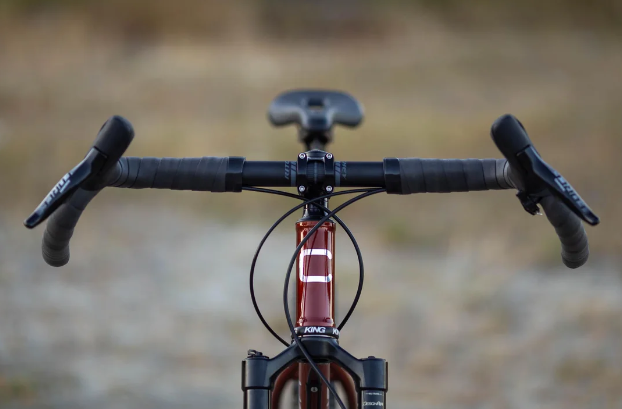Flared Drop Bars in Road Bikes – Pros and Cons
Flared drop bars have become the latest trend in road bike drop bars. More and more professional riders are trying it, including Pogacar.
Four Main Hand Positions on Drop Bars
Before exploring flared drop bars and their benefits, it’s essential to understand the different hand positions on drop bars. They are 2 tops, 2 hoods, 2 hooks, and 2 drops.
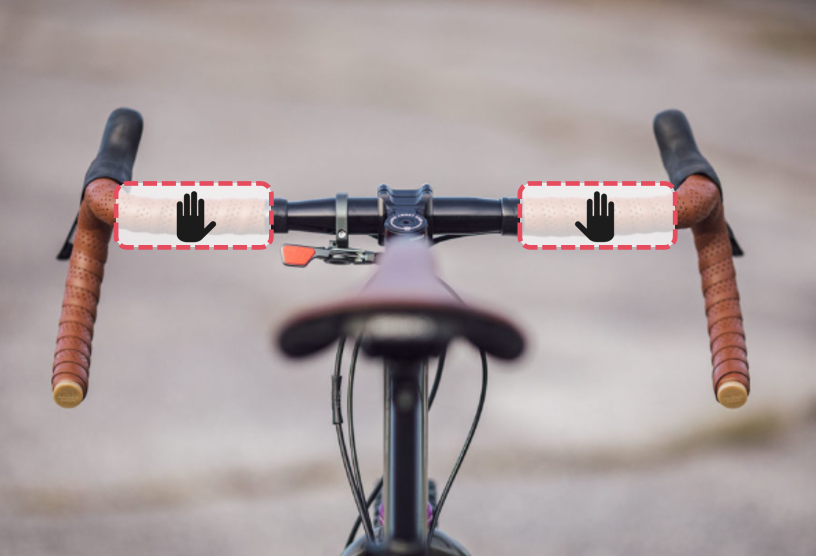
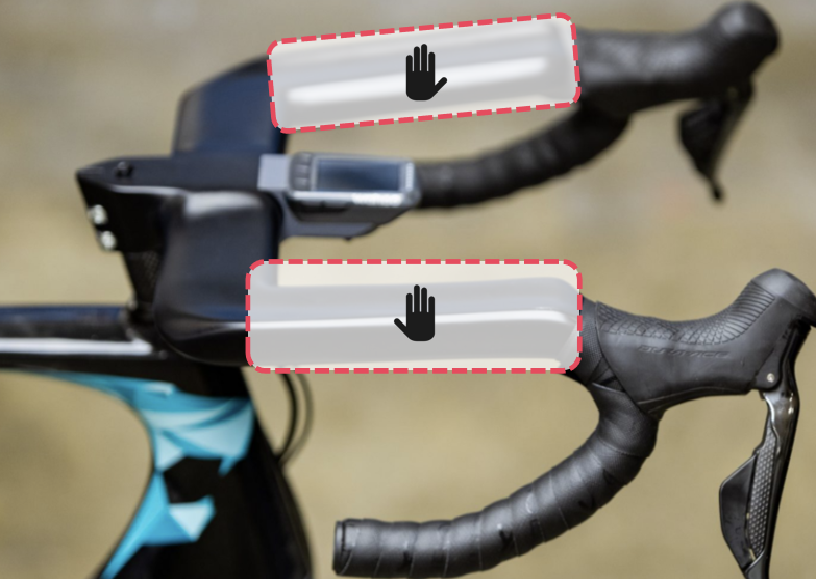
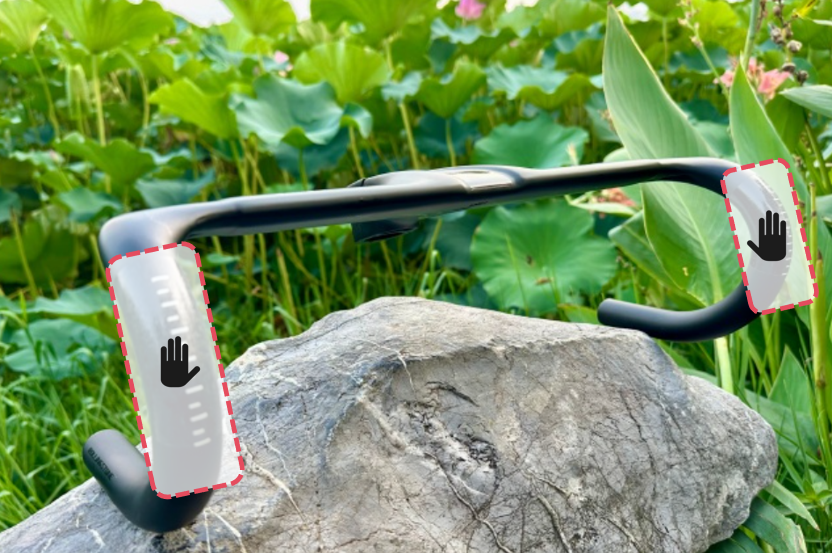
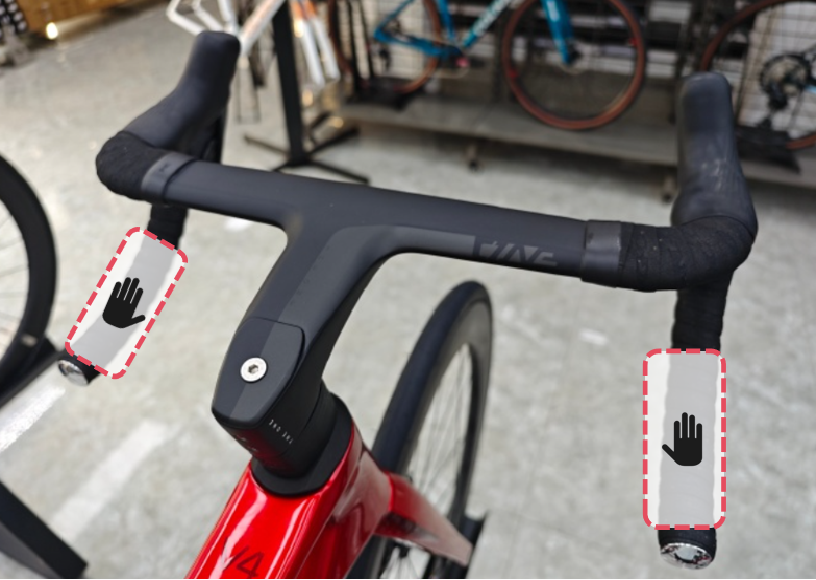
When you grip the handlebars in different positions, the distance between your hands is called grip width, or hand position width.
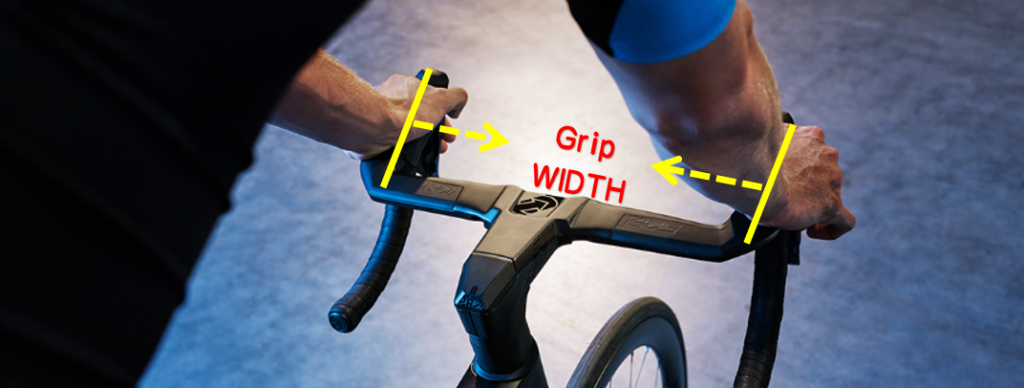
What Are Flared Drop Bars?
They feature wider distance between the drops than between the hoods. The two hooks angle outward, creating a flared shape.

Where Did Flared Drop Bars Come From?
They evolved from the standard narrow drop bars.
Cyclists know that a smaller grip width reduces wind resistance significantly. As a result, many switched to narrower regular drop bars. However, these narrow bars posed new challenges. When cyclists were out of the saddle, the close drops reduced stability. Designers responded by widening the distance between the drops, which increased grip width and stability during sprints.
Advantages of Flared Drop Bars
Reduced Handlebar Weight
They use less material than regular drop bars with the same full width. This lighter weight is crucial for road cycling. Typically, flared drop bars weigh between 250-280 grams, making them 30-50 grams lighter than comparable regular drop bars.
More Aerodynamic Riding Position
Cyclists often grip the hoods during cruising. A smaller hood distance significantly reduces wind resistance. Tests show that switching to a flared drop bar can lower power output by about 4 watts at a cruising speed of 35 km/h. Instead of needing 250 W to maintain this speed, you only need 246 W with a flared drop bar.
Preventing Handlebar Hits During Sprints
Cyclists gripping the drops can experience wrist collisions with hoods when using regular drop bars. This common issue can lead to accidents. A flared drop bar, with its inward-angled hoods, help avoid this problem. This design enhances both safety and freedom of movement during sprints.
Flared Drop Bars Are Not Perfect
While flared drop bar offer several advantages, they also have drawbacks. One significant issue is reduced control during cruising. Like other narrow drop bars, the smaller hood distance forces a decrease in grip width. This makes the bike more sensitive, increasing the risk of losing control. Therefore, I do not recommend narrow drop bar or flared drop bar for beginners.
Conclusion
In summary, a flared drop bar is lighter, reduce wind resistance by adjusting the cyclist’s position, and prevent wrist collisions. However, they tend to be more expensive and can make bike control more challenging, requiring experienced cyclists.
By the way, SUMLON has been manufacturing bicycle parts for over 15 years. Contact us if you are looking for a bike parts factory or a one-stop wholesaler. Peace


